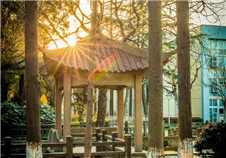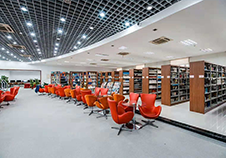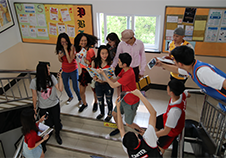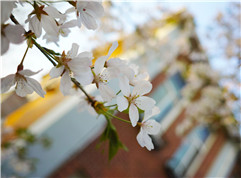
News
High School Physics Department: “When the Starry Sky Meets the Poles” Astrophysics Exhibition
During the Spring Festival of 2024, David Ding from 10(13) successfully went on an unforgettable astronomical observation trip to Antarctica, taking a series of precious nebula photos. In order to allow more teachers and students to appreciate the vastness and mysteries of the universe, at the end of March, the Physics Department held a special astrophysics exhibition titled "When the Starry Sky Meets the Poles", which sparked a warm response from the teachers and students.
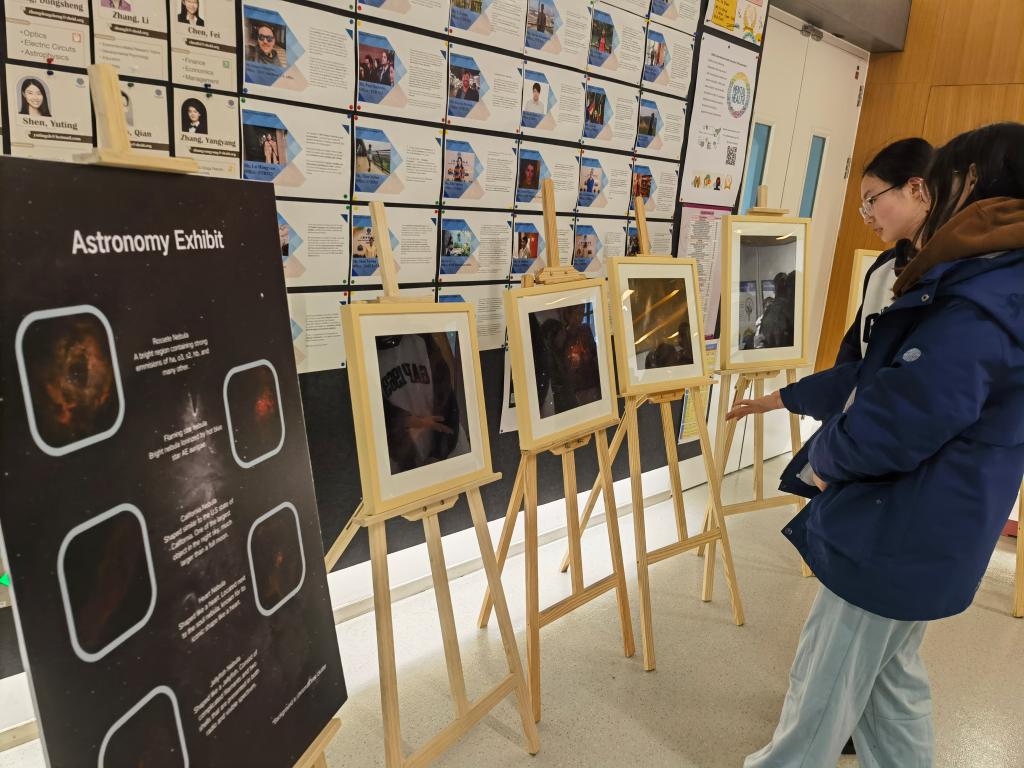
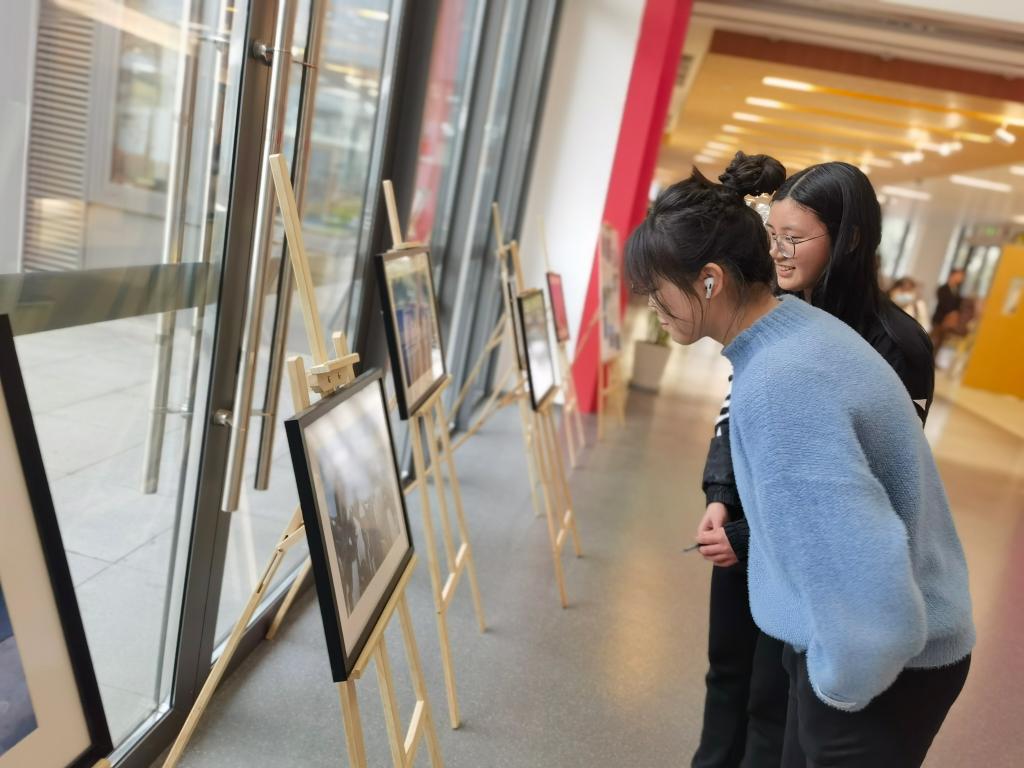
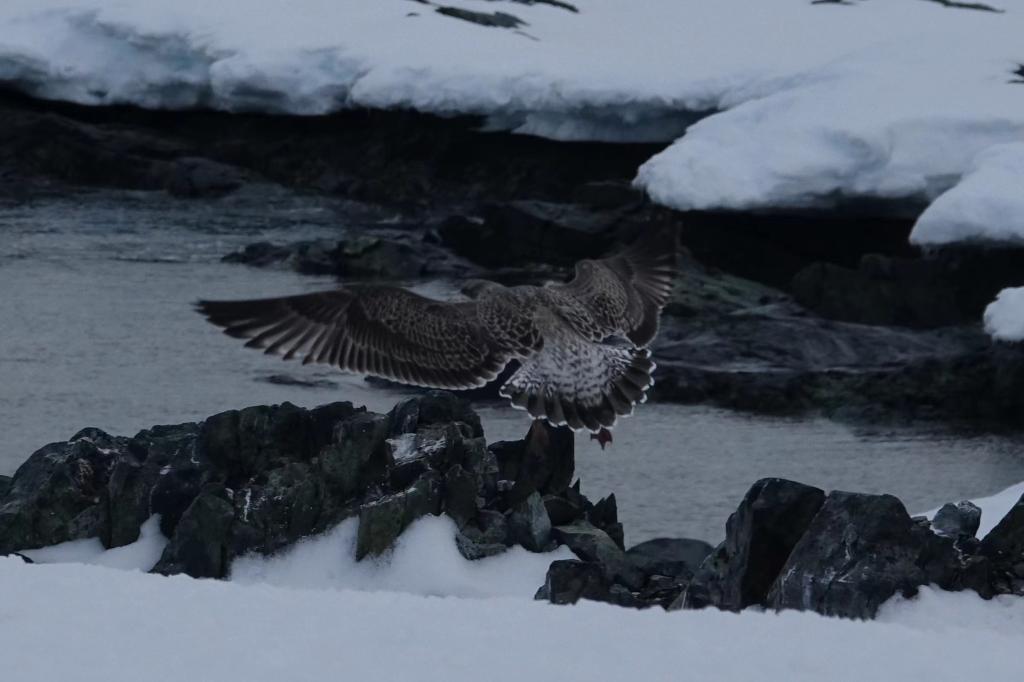
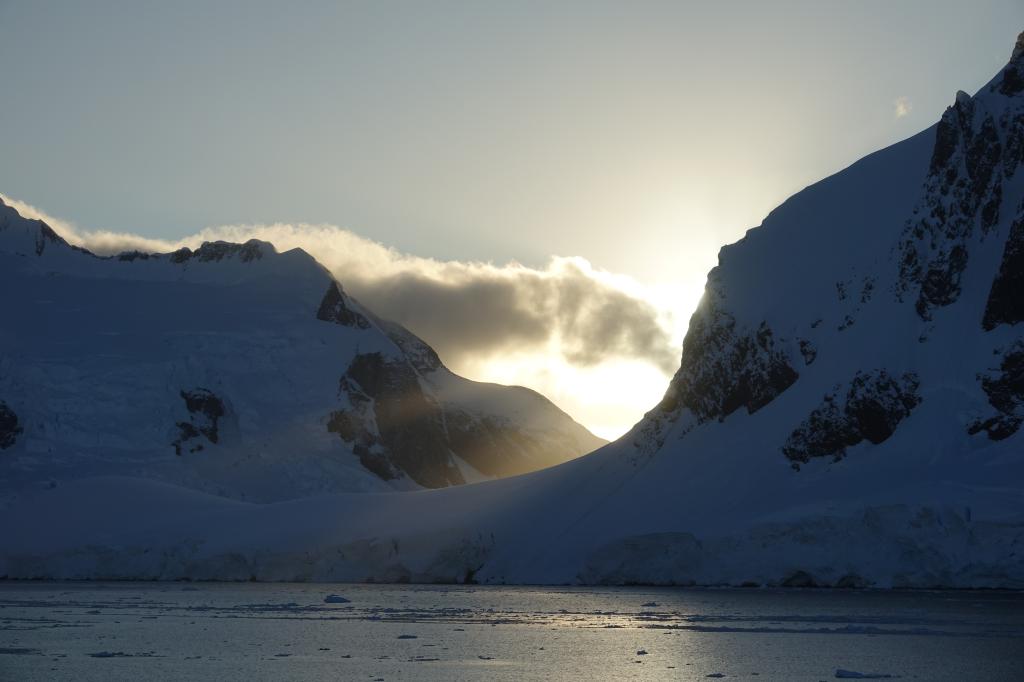
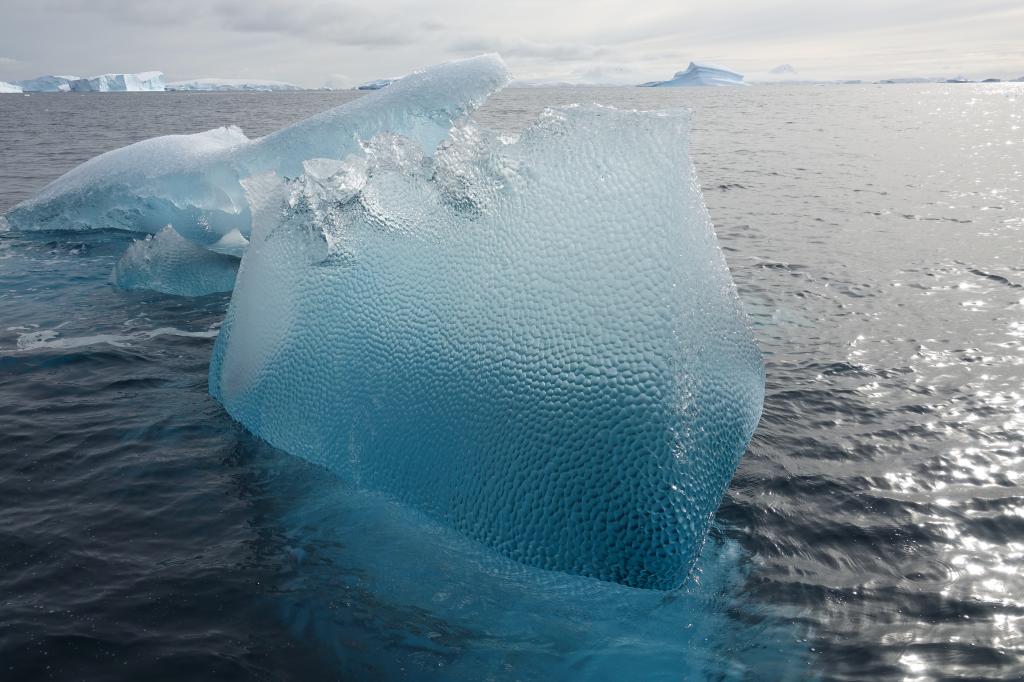
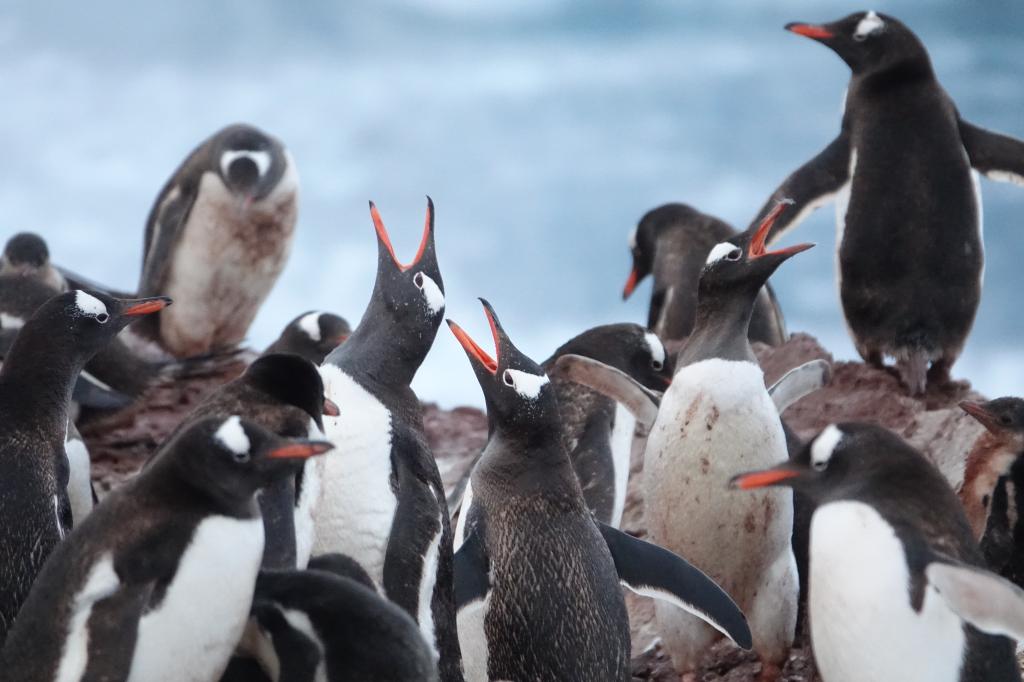


At the exhibition unveiled at the Zhentao Building, David recalled: "The blue glaciers covered in white snow, the Papua penguins strolling leisurely on the glaciers; the 30-ton soaring humpback whale, the 600-pound cute chubby seal; the invincible killer whale, the human explorer's cabin... The stormy waves, that magnificent scenery, and my unforgettable journey." Looking from the snow-white iceberg to the other end of the corridor, the dazzling nebula caught students’ eyes.
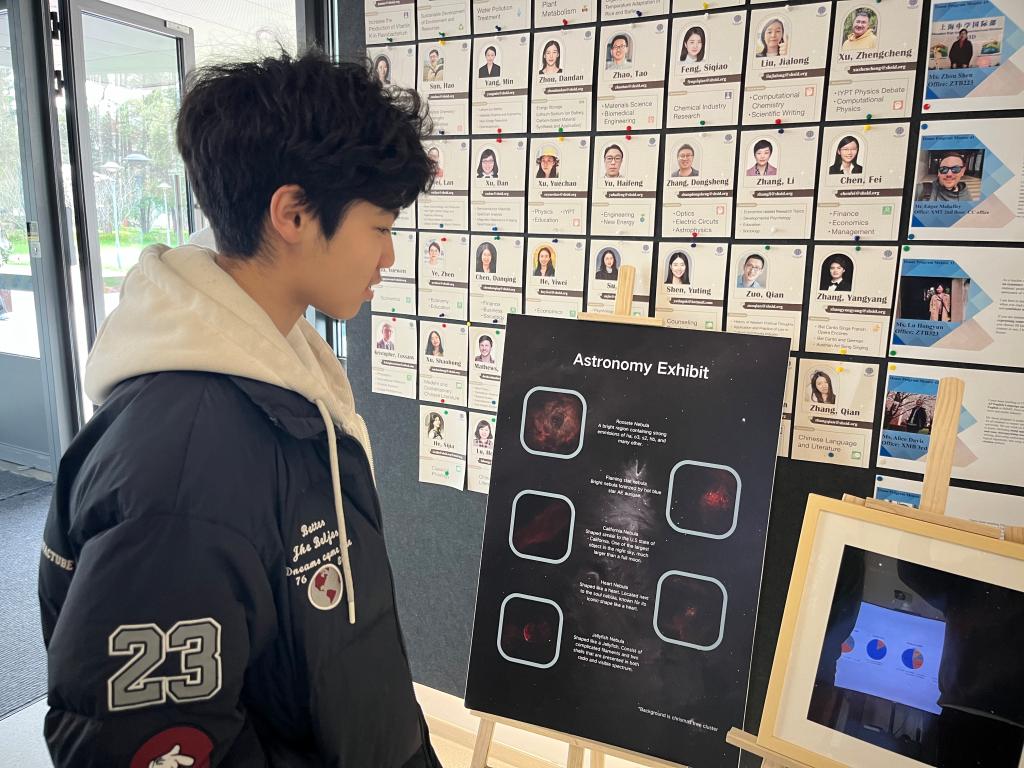
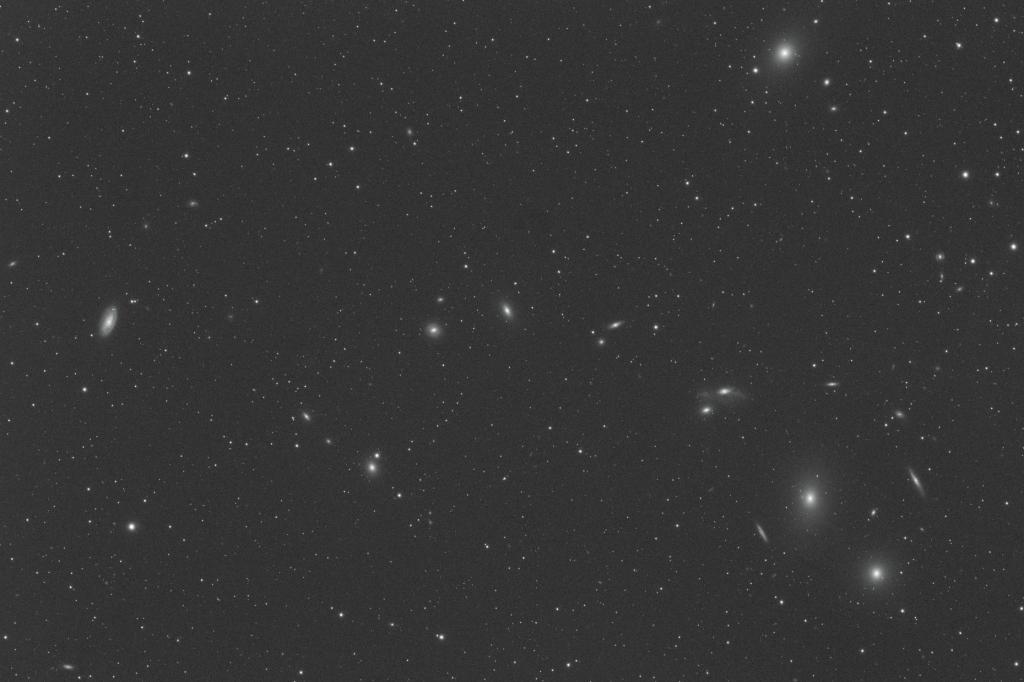
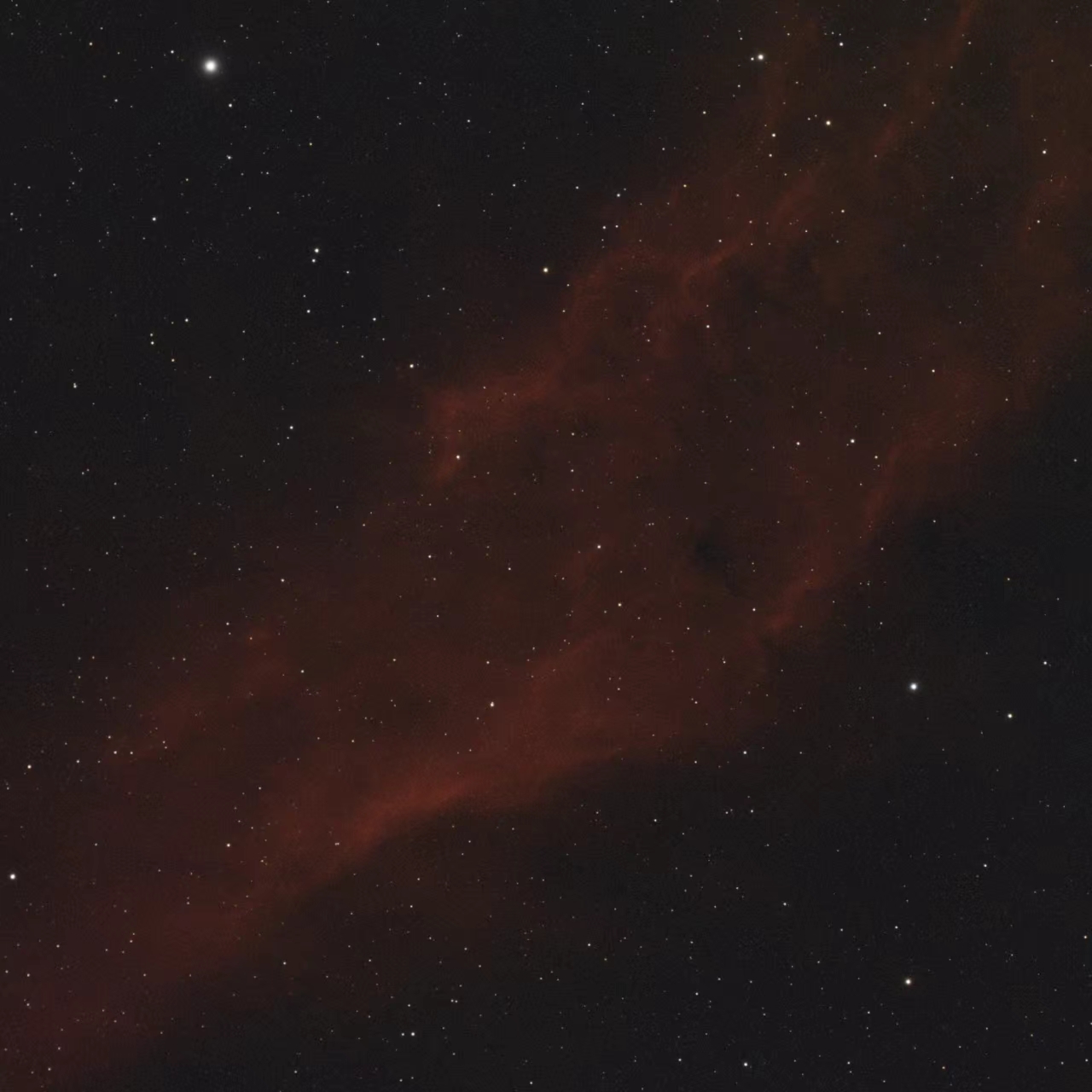
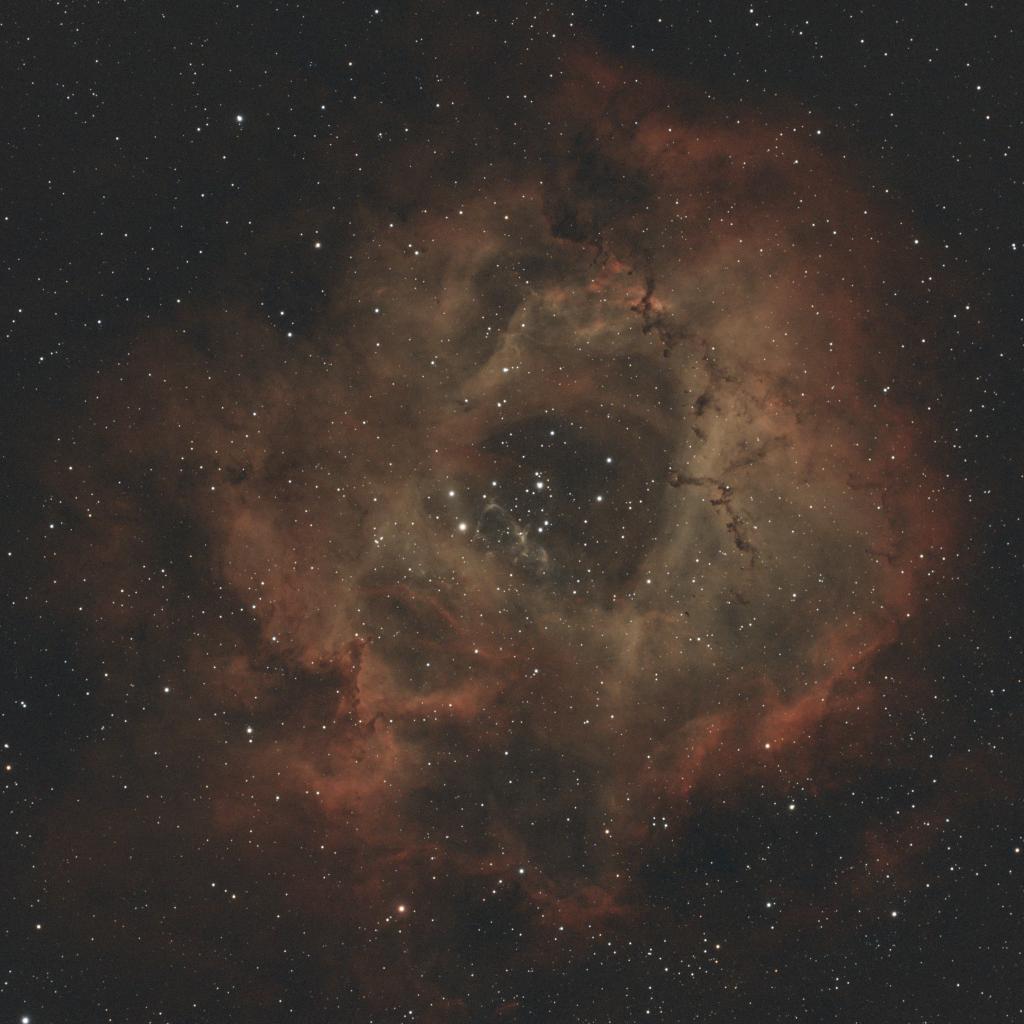
Nebulae are one of the many celestial bodies composed of thin gas or dust. Their main components are hydrogen and helium, and they contain a certain proportion of metallic and non-metallic elements. The density of matter in nebulae is very low: if measured by the standards on Earth, some places are vacuums. However, because nebulae have a very large volume—often around tens of light years—they are generally much heavier than the Sun. There are two different classifications of nebulae, one based on their luminous properties, and the other based on their morphology. The former includes luminous gas clouds, emission nebulae, reflection nebulae, dark nebulae, etc. The latter covers diffuse nebulae, planetary nebulae, supernova remnants, bipolar nebulae, and more. Looking at the array of colorful and diverse starry sky photos, teachers and students couldn't help but marvel at the beauty and charm of the universe.
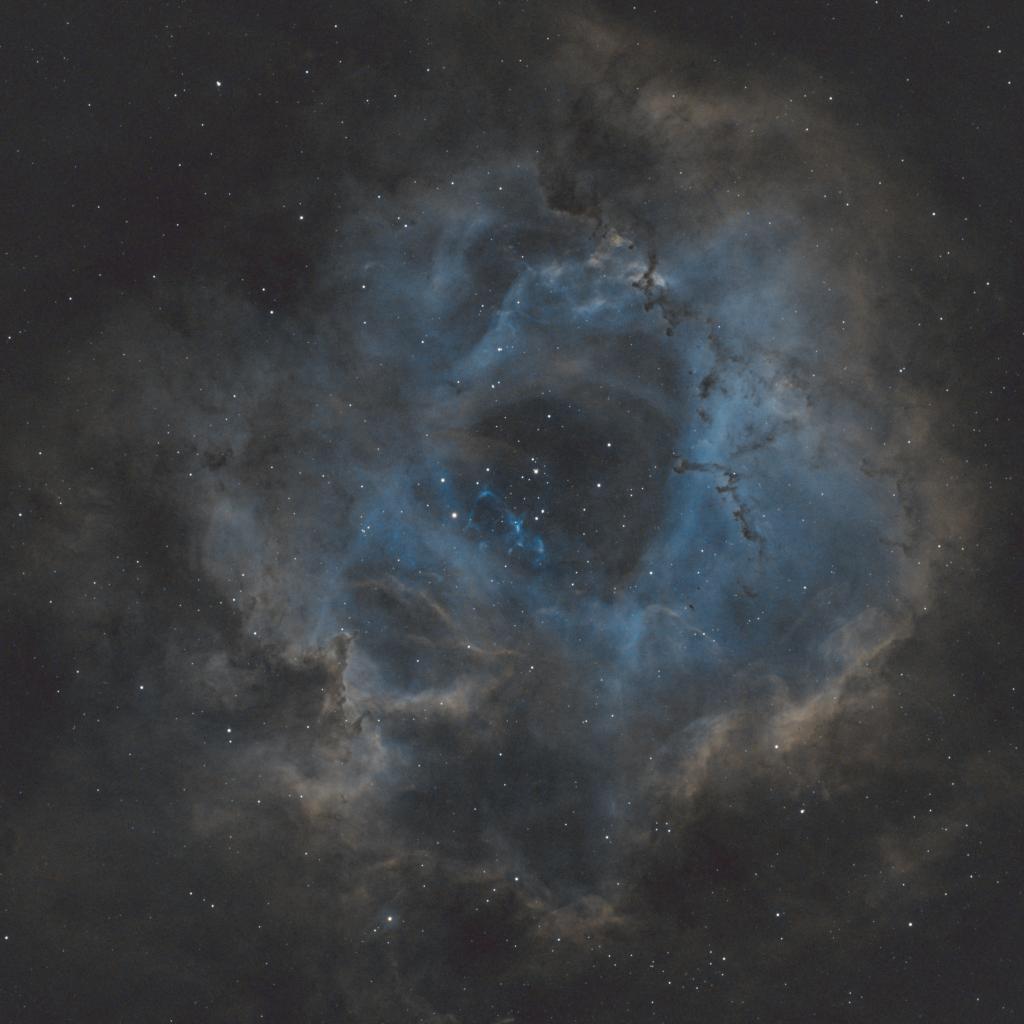

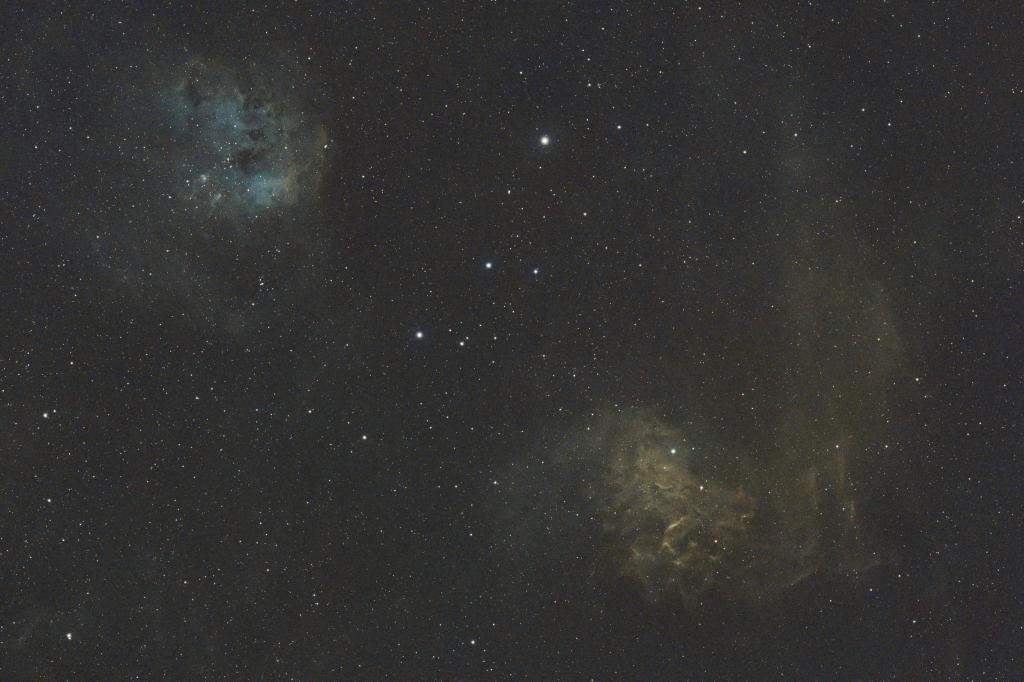
In addition, the Astrophysics Club has organized a series of related club activities in conjunction with the exhibition content, such as astronomy competitions and lectures, to allow interested students to gain a deeper understanding of the mysterious and vast universe.
Through this exhibition, students will be able to develop a more intuitive understanding of the mysteries of astronomy and physics, and stimulate enthusiasm and interest in scientific exploration. If students want to learn more about celestial bodies and physics, we welcome you to join the Astrophysics Club and explore the marvels of space!
(Written by Teresa Pictures by 10(13)David, Yuechao Xu Supervised by Yuechao Xu Reviewed by Qian Zuo)

